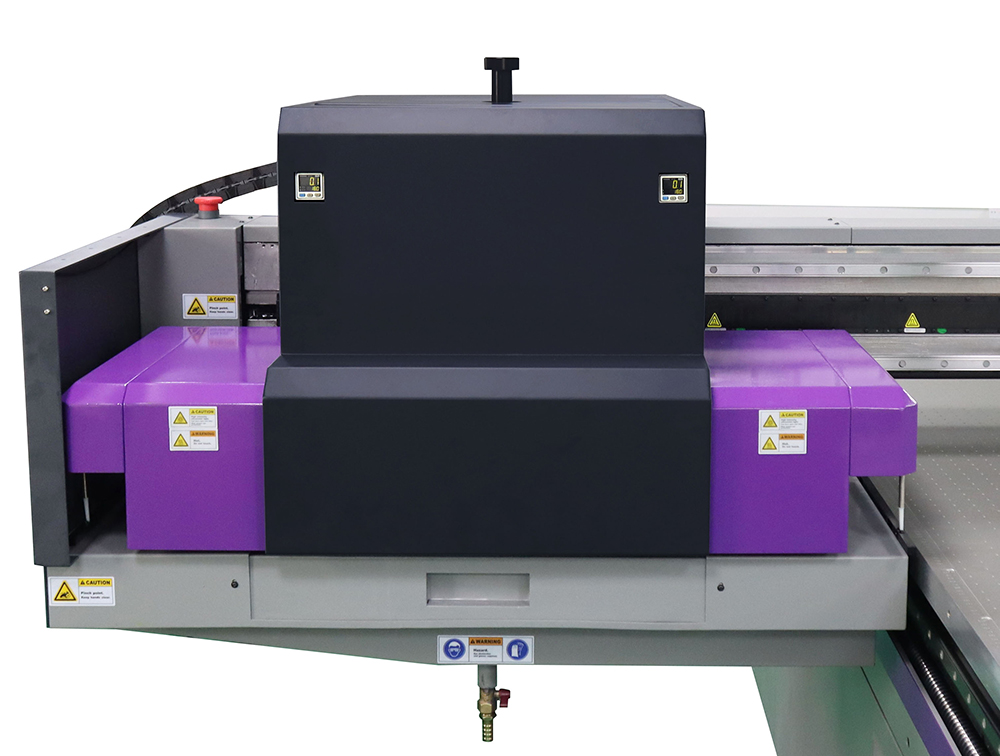UV Flatbed Printer: A Guide to Media Handling
UV Flatbed Printer: A Guide to Media Handling
In the realm of digital printing, UV flatbed printers have emerged as a versatile and efficient solution for a wide array of applications. These printers utilize ultraviolet (UV) curing technology to instantly dry ink on various media types, offering unparalleled flexibility in material handling. This article serves as a comprehensive guide to understanding the intricacies of media handling with UV flatbed printers, exploring key considerations, best practices, and tips for achieving optimal print results.

Understanding UV Flatbed Printers
UV flatbed printers are designed to print directly onto flat or slightly curved surfaces, making them ideal for materials such as glass, wood, metal, plastic, acrylic, and even fabric. Unlike traditional inkjet printers that rely on heat or air to dry ink, UV flatbed printers use UV light to cure the ink instantly after it is deposited onto the media. This process not only accelerates production time but also enhances print quality, durability, and resistance to fading or scratching.
Key Considerations in Media Handling
Media Compatibility: The first step in media handling is ensuring compatibility with the UV flatbed printer. Different printers have varying capabilities in terms of the thickness, weight, and type of media they can handle. Always consult the printer’s specifications sheet to understand its limitations.
Surface Preparation: Proper surface preparation is crucial for achieving high-quality prints. This includes cleaning the media to remove dust, oil, or any contaminants that could affect ink adhesion. For some materials, such as metals, applying a pre-treatment coating may be necessary to enhance ink receptivity.
Media Loading and Positioning: Correctly loading and positioning the media on the printer’s bed is essential to prevent skewing, slipping, or damage during printing. Use the printer’s guides or jigs to ensure accurate alignment and secure the media if necessary to avoid movement.
Temperature and Humidity Control: UV printers are sensitive to environmental conditions. High temperatures or humidity can affect ink curing and media stability. Maintain a controlled environment within the recommended temperature and humidity ranges specified by the printer manufacturer.
Ink Adhesion and Curing: UV inks cure through a chemical reaction initiated by UV light. Understanding the ink’s curing process and how it interacts with different media is vital. Some materials may require specific ink formulations or additional curing passes to ensure proper adhesion and durability.
Best Practices for Media Handling
Media Selection: Choose media that is compatible with your printer and suitable for your application. Consider factors such as durability, weight, and the intended use of the printed item. Testing various media types can help determine the best fit for your specific needs.
Media Storage: Store media in a clean, dry environment to prevent moisture absorption or contamination. Keep media flat and avoid stacking heavy items on top, which could cause warping or damage.
Pre-Printing Checks: Before starting a print job, inspect the media for any defects, dust, or debris. Use a lint-free cloth or specialized cleaner to wipe down the surface if necessary.
Printing Parameters: Adjust printing parameters such as ink density, print speed, and UV lamp power according to the media type and desired print quality. Consult the printer’s user manual or contact the manufacturer for guidance on optimal settings.
Post-Printing Handling: Allow printed materials to cool down before handling to avoid heat-related issues like warping or cracking. For certain materials, post-curing under UV light might be recommended to enhance ink adhesion and durability.
Tips for Successful Media Handling
Experiment with Test Prints: Before embarking on a large print job, perform test prints on the chosen media to assess ink adhesion, color accuracy, and overall print quality.
Use Adhesive or Tape: For lightweight or slippery media, consider using adhesive sheets or double-sided tape to secure the material onto the printer’s bed, ensuring stability during printing.
Regular Maintenance: Keep your UV flatbed printer well-maintained to ensure consistent print quality. This includes cleaning the print bed, checking the UV lamps for optimal performance, and replacing worn-out parts as needed.
Invest in Quality Media: While it may be tempting to opt for cheaper media, investing in quality materials can significantly impact the final print outcome. Quality media often provides better ink adhesion, durability, and overall aesthetics.
Stay Updated with Manufacturer Guidelines: Printer manufacturers continually refine their products and release updates on best practices. Stay informed by subscribing to newsletters, attending training sessions, or visiting the manufacturer’s website for the latest guidelines and tips.
Conclusion
Mastering media handling with UV flatbed printers is a critical aspect of achieving professional-grade print results. By understanding the printer’s capabilities, preparing media correctly, controlling environmental factors, and following best practices, users can unlock the full potential of UV printing technology. Whether you’re printing on rigid substrates for signage or flexible materials for textiles, attention to detail in media handling will ensure your prints are not only visually stunning but also durable and long-lasting. As the world of digital printing continues to evolve, staying knowledgeable and adaptable in media handling techniques will be key to staying ahead in this competitive industry.
